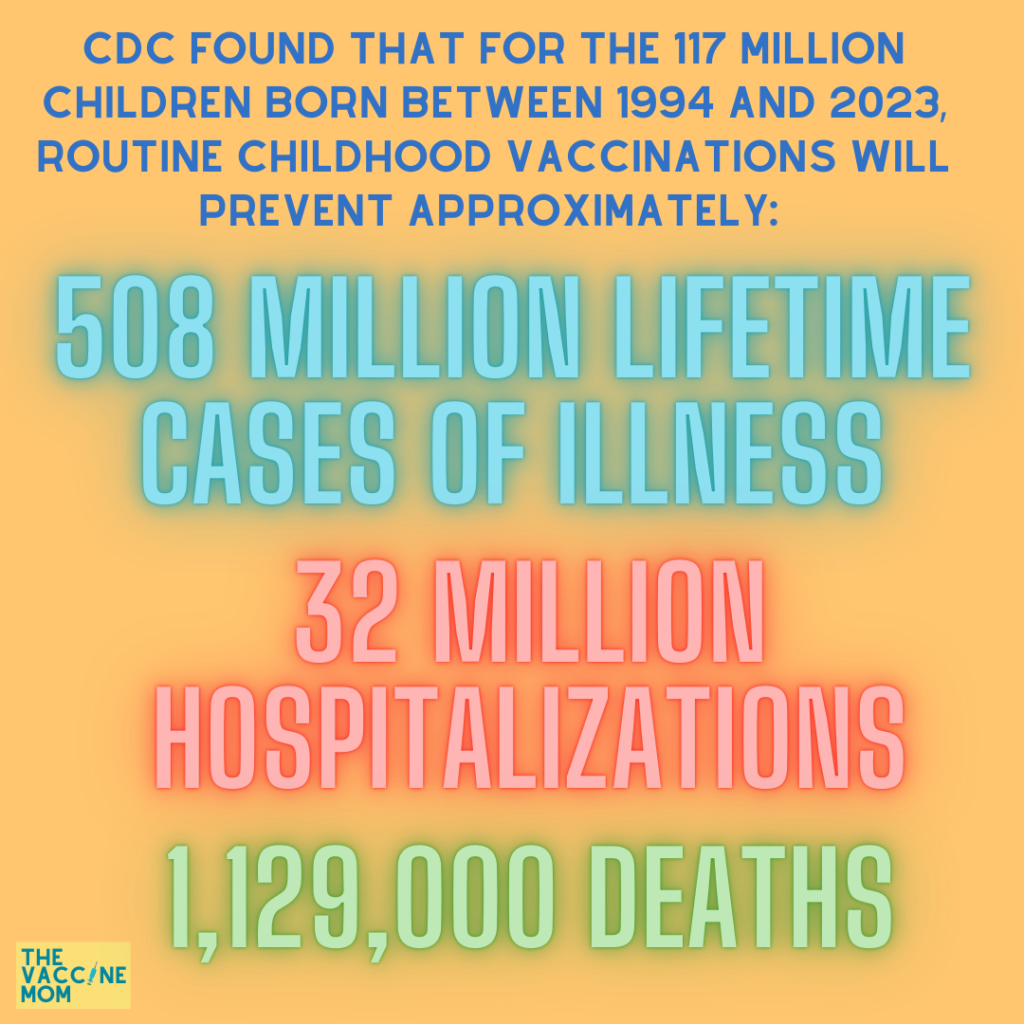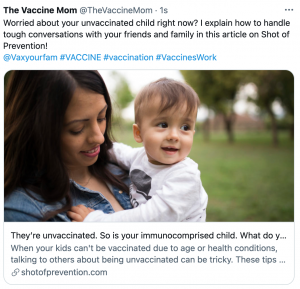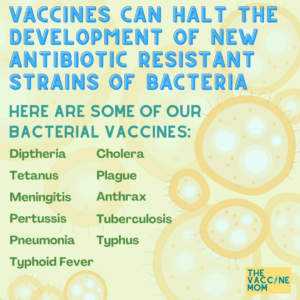CDC’s New Report Shows the Power of Vaccines in Preventing Illness, Hospitalization, and Death

In 1994, CDC started a program called Vaccines For Children (VFC) that covers the cost of vaccines for children whose families couldn’t otherwise afford them. Yesterday (8/8/24), the CDC came out with a report that looked at the benefits of this program and the economic impact of routine childhood vaccines in the U.S.
CDC found that for the 117 million children born between 1994 and 2023, routine childhood vaccinations will prevent approximately 508 million lifetime cases of illness, 32 million hospitalizations, and 1,129,000 deaths.
The number of children vaccinated was estimated using data from the National Immunization Surveys and school vaccination surveys, and the number of deaths was estimated using data from the National Notifiable Diseases Surveillance System. You can find these numbers in the CDC report.
The VFC program has made a substantial impact on getting children vaccinated and preventing disease, as well as saving the country billions of dollars in health care costs.
This report shows the success of vaccines in preventing disease and the effectiveness of the VFC program in maintaining high vaccine coverage rates.
Unfortunately, vaccination rates significantly declined during the pandemic. This was due to a lack of pediatric visits and an increase in vaccine hesitancy. Time will tell if healthcare workers and advocates can reach enough children who have missed vaccines to increase vaccine rates back to where they were before the pandemic. We are in for trouble if rates continue to decline.
Here are some articles that you may find helpful in understanding CDC’s new report:
- MedPage Today: CDC: Kids’ Routine Vaccinations Prevented Half a Billion Illnesses since 1994 (8/8/24)
- CNN: Childhood Vaccinations Will Have Prevented More than 500 Million Illnesses and 1 Million Deaths in US since 1994, CDC Report Says (8/8/24)
- USA Today: How Routine Vaccines Will Prevent 1.1 Million Deaths, Save $2.7 Trillion (8/8/24)


